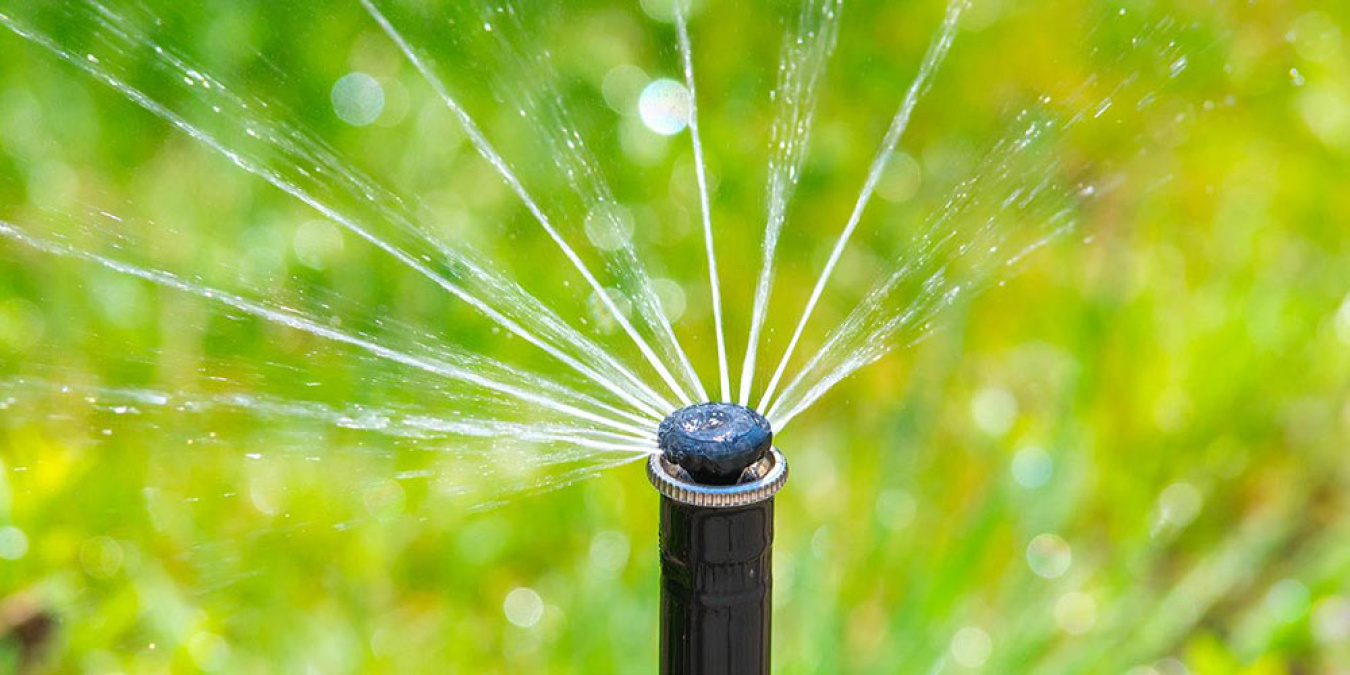
Multi-stream rotational sprinkler heads can be used for irrigation systems in place of traditional fixed-spray nozzles.
The Federal Energy Management Program (FEMP) identified multi-stream rotational sprinkler heads as a water-saving technology that is relevant to the federal sector, is commercially available, and offers significant water-savings potential.
This overview provides agencies with key information to deploy innovative products and systems that may otherwise be overlooked. It also helps agencies identify water-efficient technologies for consideration when entering into energy savings performance contracts or utility energy service contracts.
FEMP used the following considerations when selecting this technology.
- Underutilized in the federal sector
- Broad applicability across the federal sector
- Water and cost savings potential
- Market availability
- Produced by multiple manufacturers
- Ease of installation/suitable as a retrofit
Technology Description
Multi-stream rotational sprinkler heads can be used for irrigation systems in place of traditional fixed-spray nozzles (sprinkler heads). They have a lower precipitation rate and better distribution uniformity compared to traditional pop-up nozzles. They reduce water use and irrigate the landscape more evenly. Multi-stream rotational nozzles apply water in rotating trajectories. This lowers evaporative losses because there is less misting and avoids runoff because water is applied at a slower rate and the soil has time to absorb the water.
Technology Considerations
Multi-stream rotational sprinkler heads are produced by many manufacturers, so they widely available. The nozzles can be installed on new systems or retrofitted on pop-up spray heads. They are well suited for small landscape areas and beneficial for steep slopes where erosion and water runoff are potential issues.
Proven Savings Potential
An independent long-term study comparing multi-stream rotational sprinkler heads with traditional nozzles found that multi-stream rotational sprinklers reduced overall precipitation rates from more than 2 inches of water per hour to 1 inch per hour, with a 45% relative improvement of distribution uniformity over traditional technologies. (Source: Sovocol et al. Field Study of Uniformity Improvements from Multi-stream Rotational Spray Heads and Associated Products. Southern Nevada Water Authority. Accessed March 18, 2015.)
More Opportunities
Read about these additional water-efficient technology opportunities.
